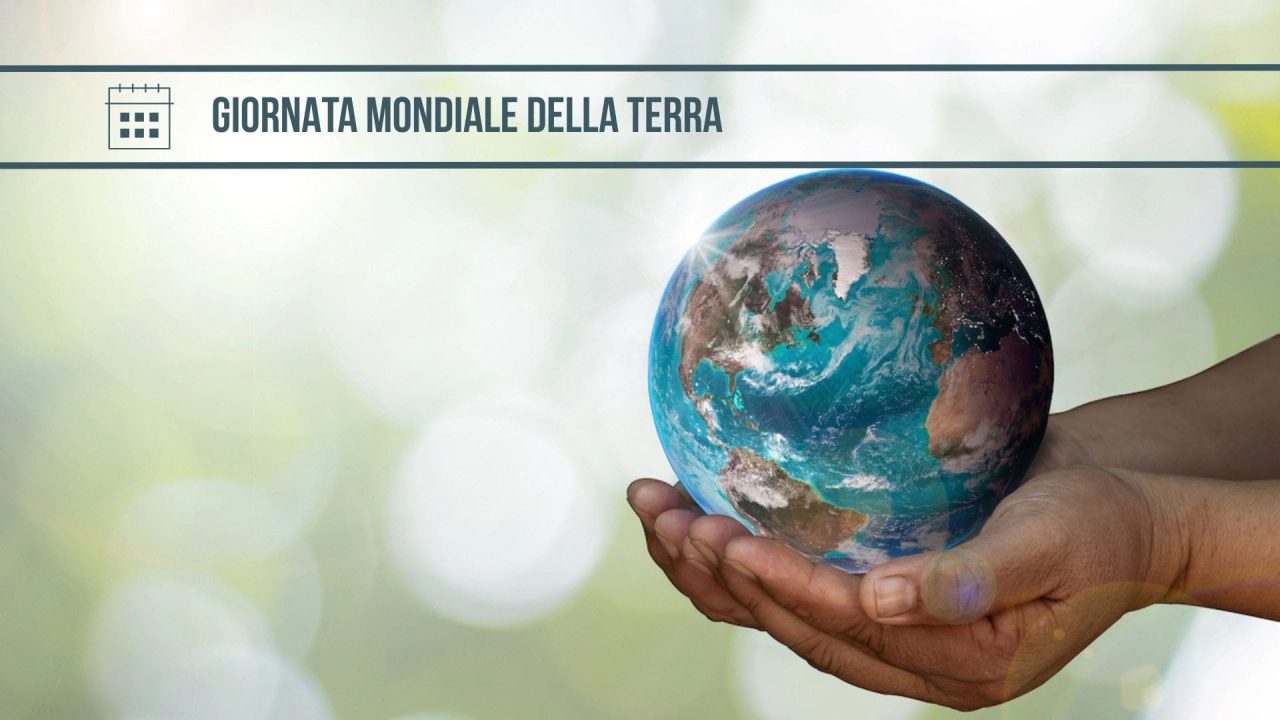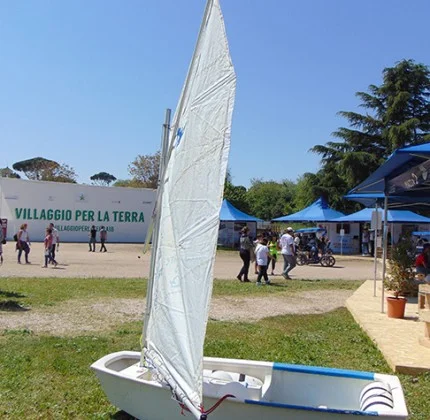
What is Earth Day?
Earth Day is the world’s largest environmental event, held annually on April 22 to promote environmental protection and sustainability. It brings together nearly a billion participants worldwide every year, especially during the spring equinox, making it the most widely observed environmental movement on the planet.
Earth Day 2025
The upcoming Earth Day marks the 55th anniversary of the movement. Over 1 billion people across 192 countries are expected to take part. The theme “Our Power, Our Planet” is a deliberate play on words – referring to both our collective power and our energy choices. The campaign calls on governments, companies, and citizens to support renewable energy and help triple clean electricity production by 2030. This ambitious target was backed politically during COP28 in Dubai, where negotiators declared it “technically and economically feasible.”
But reaching that goal will require a few critical elements. First, supportive policies and a sharp increase in investments – averaging $1.55 trillion between 2024 and 2030, according to IRENA estimates. Equally important is a groundswell of public support, a unifying and inclusive vision that brings people together and ensures no one is left behind.
Earth Day 2025: Our Power, Our Planet
At its core, Earth Day is powered by people. “The strength of this movement lies in its grassroots nature and our power as individuals,” say the organizers. “It’s the collective voice of concerned citizens pushing governments and corporations to act boldly”.
Every individual can become a catalyst for change:
- Get involved in your local community
- Vote with sustainability in mind
- Choose renewable energy and sustainable habits in daily life
“When we unite our voices and actions, we can break through even the most resistant systems and create a cleaner, more just energy future” the organizers add. The 2025 edition, the invitation is clear: support clean energy in every form, from government to business, schools to faith leaders, and from communities to families and individuals.
Looking to participate? Find an event near you on the interactive map at earthday.org.
The History
Earth Day began as the vision of John McConnell, a peace activist who believed humans had a duty to protect the planet and share resources fairly.
The idea gained momentum after a devastating 1969 oil spill by Union Oil off the coast of California, one of the worst environmental disasters in U.S. history. The oil spill well threatened the biodiversity of Southern California’s coastal waters, marking the largest fossil fuel spill ever recorded in that area. The Santa Barbara incident ranks as the third-largest environmental disaster in U.S. history, following Deepwater Horizon (2010) and Exxon Valdez (1989). The event shocked public opinion and galvanized activists, who began calling for stronger environmental regulations to prevent future catastrophes.
From disaster to the first Earth Day
In October 1969, during the UNESCO Conference in San Francisco, John McConnell proposed a day to celebrate the beauty of the Earth and promote peace. For McConnell, honoring life on Earth also meant raising awareness about the urgent need to preserve and restore the planet’s threatened ecological balance – a balance on which all life depends.
The proposal received strong support and led to San Francisco’s first Earth Day celebration, held on March 21, 1970. That first proclamation included a set of clear principles and responsibilities, formalizing a global commitment to care for the planet. The declaration was signed by 36 world leaders, including UN Secretary-General U Thant, Margaret Mead, John Gardner, and others. Mikhail Gorbachev would add his signature decades later, in 2000.
Just one month after that first celebration, on April 22, 1970, U.S. Senator Gaylord Nelson launched the first official Earth Day as a national environmental teach-in. Though initially intended as a U.S.-focused initiative, it quickly gained global momentum thanks to Denis Hayes, the event’s first coordinator. After energizing cities across America, Hayes founded the Earth Day Network, eventually expanding the movement to over 180 countries worldwide.
Early Celebrations
The first Earth Day mobilized 20 million Americans, including students in over 2,000 colleges, 10,000 schools, and hundreds of communities. But it wasn’t until 1990 that Earth Day became a truly global event, engaging 200 million people across 141 countries and igniting the global recycling movement. Earth Day activities in 1990 gave a major boost to global recycling awareness and helped pave the way for the 1992 United Nations Earth Summit held in Rio de Janeiro.
To turn Earth Day into an annual event rather than one celebrated every decade, Gaylord Nelson and Bruce Anderson, the lead organizers of Earth Day New Hampshire in 1990, established Earth Day USA. This committee coordinated Earth Day celebrations through 1995, including the launch of EarthDay.org. After the 25th anniversary in 1995, the organization transitioned to what is now known as the Earth Day Network.
In 2000, Earth Day brought together the original grassroots spirit of the first events with the global reach established in the 1990 edition. It was also the first year the Internet was used as the primary organizing tool, proving invaluable both nationally and internationally. Under the leadership of Executive Director Kelly Evans, more than 5,000 environmental groups outside the United States were mobilized, reaching hundreds of millions of people across a record 183 countries. Leonardo DiCaprio served as the event’s official host, and despite cold rain, around 400,000 people took part in the main celebration that day.
Photos from Villaggio per la Terra 2018 (Earth Day in Rome) captured the energy and participation of the event.




Earth Day Today: A Global Celebration
Thanks to growing public engagement, Earth Day has evolved into Earth Week – a full week of activities centered around April 22. Communities around the world now organize events that focus on today’s most pressing environmental issues. These gatherings are not only a means to raise awareness about sustainability but also serve as platforms for activists to analyze current challenges and propose concrete solutions.
In 2017, during Earth Week and in direct response to the Trump administration’s climate denial policies, the March for Science was held in dozens of cities, followed by the People’s Climate March on April 29, 2017.
Within the Earth Day Network, Earth Day Italy is recognized as one of the organization’s top coordinating committees. In 2015, it was officially designated the European headquarters of the international network. The 2016 edition marked a milestone for Earth Day Italy, highlighted by a series of high-impact events – including a surprise visit from Pope Francis and a live-streamed address by Minister Galletti from New York during the signing of the historic COP21 climate agreement.